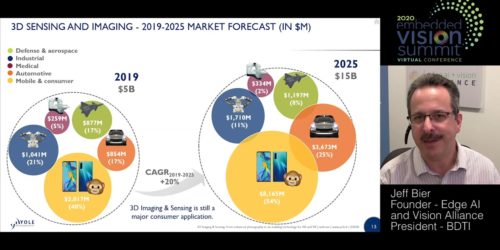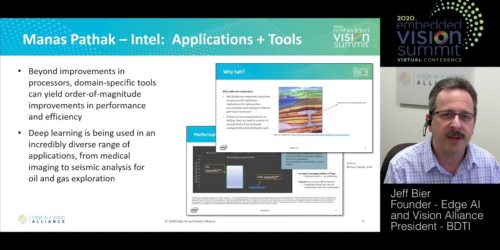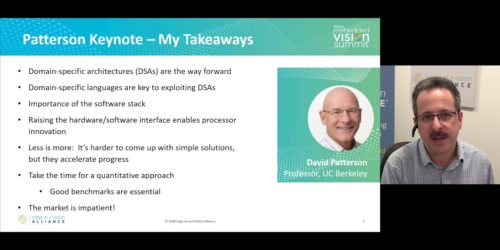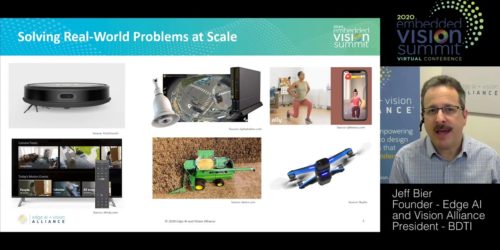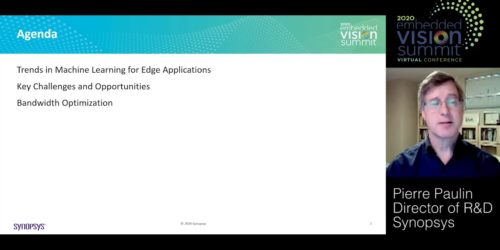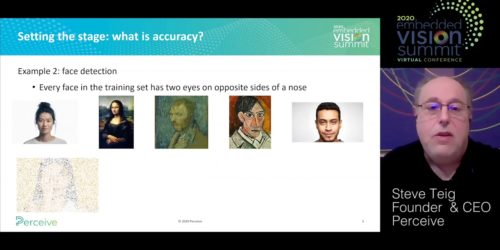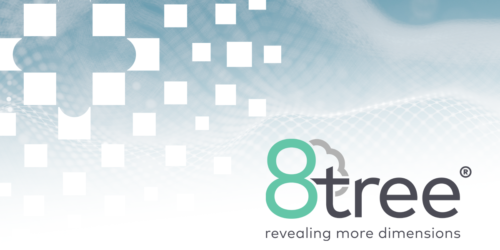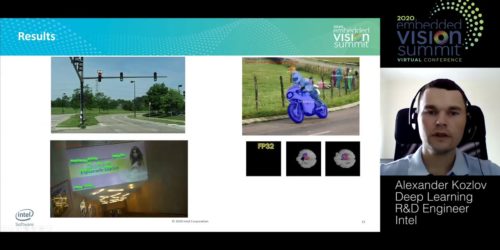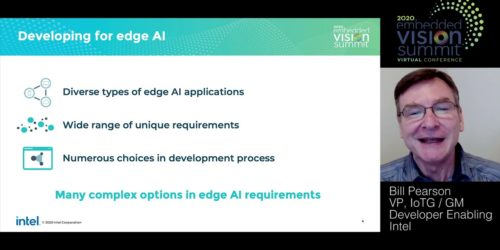September 2020 Embedded Vision Summit Opening Remarks (September 24)
Jeff Bier, Founder of the Edge AI and Vision Alliance, welcomes attendees to the September 2020 Embedded Vision Summit on September 24, 2020. Bier provides an overview of the edge AI and vision market opportunities, challenges, solutions and trends. He also introduces the Edge AI and Vision Alliance and the resources it offers for both […]
September 2020 Embedded Vision Summit Opening Remarks (September 24) Read More +

